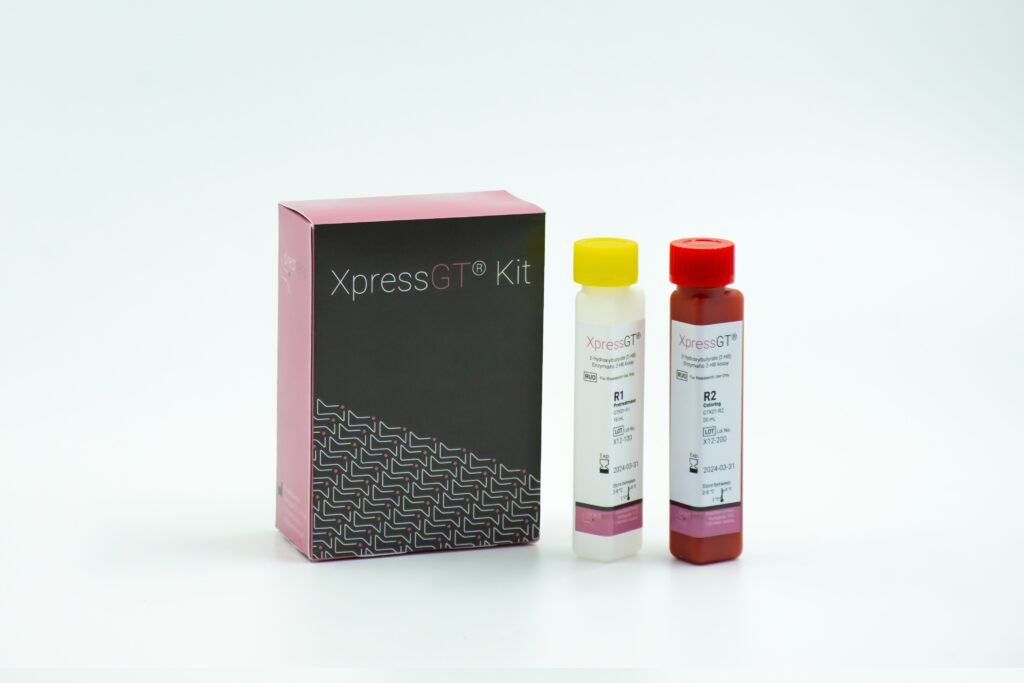

The enzyme sensing mechanism is independent of oxygen.

Calibration in the presence and absence of oxygen: Each calibration represents three independent sensors measured in the presence and absence of oxygen. The red curve describes the current response of sensors immersed in N2-purged PBS buffer, while the black values where recorded without purging. The experimental data show the independence of the sensing mechanism from oxygen.
The enzyme enables an extremely robust biosensor architecture.

Each compound was measured in the presence of 5 mM (90 mg dL-1) glucose at concentrations recommended by the CLSI POCT05-A guideline. The boxplot shows data from 5 replicates. None of the tested substances changed the sensor reading by more than 10%. Note that no selective membrane was used.

To assist you with implementation, DirectSens provides a Reference Design for the Glucose Sensing technology. Enzymes, materials and prototyping procedures are provided to support validation of our technology in your laboratory.

Lactate is a very important parameter in clinical chemistry, but it is also becoming increasingly important in other areas such as sports medicine.
Currently, only a very limited number of enzymes are available for this task, lacking critical performance characteristics such as stability.
DirectSens has developed a new biosensor enzyme family (LactaZyme®) to address the need for better enzymes and enable new devices.

The upcoming addition to the DirectSens product line is XpressGT®, a clinical analyzer reagent kit designed to streamline the diagnosis of gestational diabetes (GDM). It aspires to offer a much-anticipated alternative to the oral glucose tolerance test (OGTT).